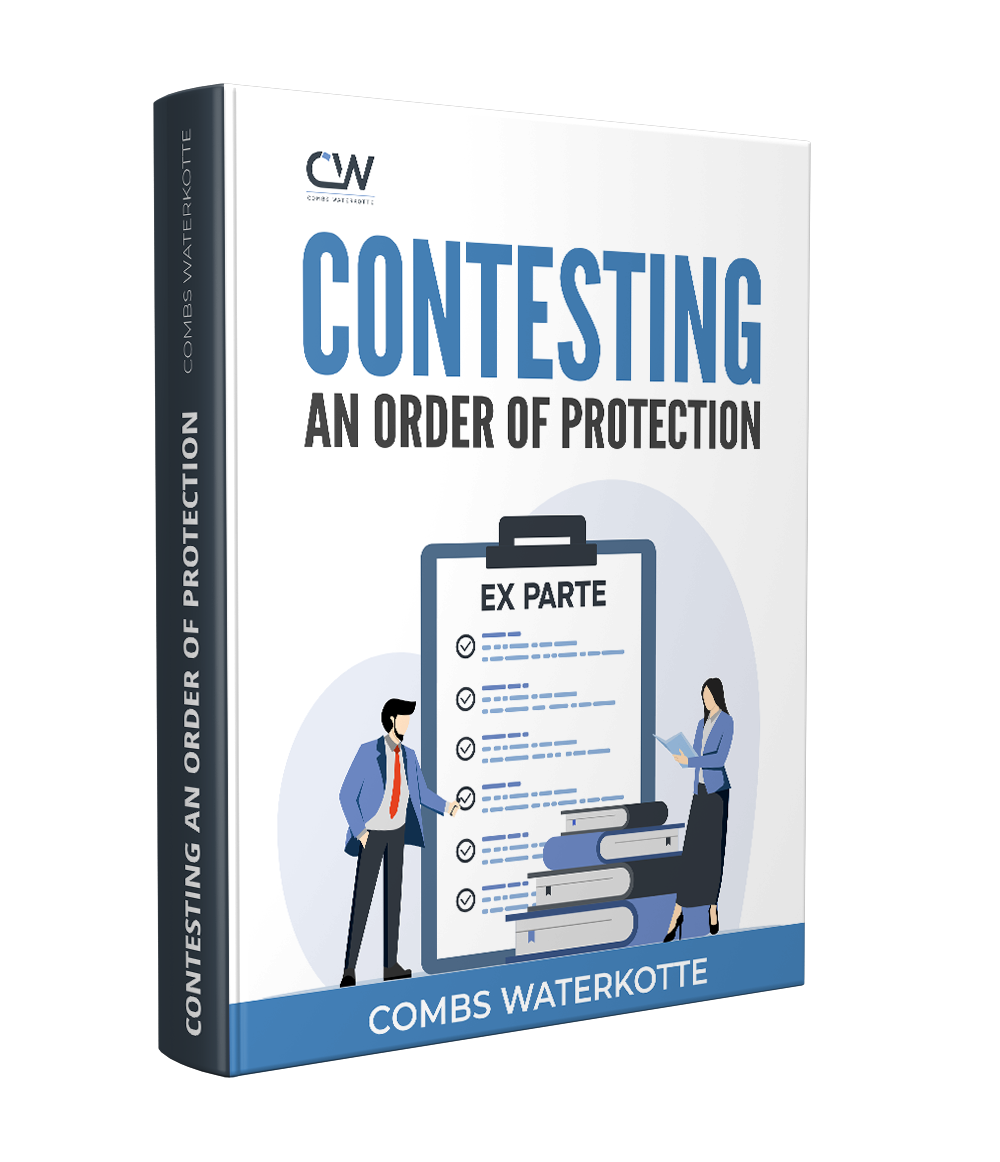Once a Full Order of Protection has been granted, it doesn’t necessarily have to remain in place for the entire duration. If circumstances change, you may be able to petition the court to modify or dismiss the order. This section outlines the steps required for making such a request, as well as the evidence needed to support your case.
Missouri Revised Statute §455.060 details how and when an order can be modified or terminated. In layman’s terms:
- Modifying an Order: Either you, the petitioner, or a court-appointed representative (like a guardian for a child) can ask the court to change the order of protection if there’s a major change in circumstances. You need to file a request with evidence showing why the change is necessary. Full orders of protection are final and can be appealed, and they are only in effect for a set period of time.
- Child Support, Custody, and Visitation: Any decisions made about child support, custody, or visitation in an order of protection will end if the court issues a new order related to those matters, usually under different Missouri laws.
- Future Proceedings: The current order of protection won’t stop future legal actions, like custody cases or other court proceedings.
- Divorce or Legal Separation: If you and the petitioner get divorced or legally separated, most parts of the protection order will end. However, requirements like attending counseling or staying away from the petitioner’s home may still remain in place unless the court says otherwise.
- Terminating an Order: The protection order can end early if the petitioner asks the court to terminate it and the court agrees. Before doing this, the court may ask questions to make sure the petitioner is asking to end the order voluntarily.
- Child Custody During Divorce: If there’s already a case for divorce or custody in another court, the order of protection can’t change who gets custody of the children. The other court will handle that.
Additionally, under Missouri Revised Statute §455.060:
- Modifying Support or Maintenance: If you want to change the amount of support or maintenance payments (like child or spousal support), you can only change future payments after you file for the modification. To get this change approved, you’ll need to show that there’s been a big and ongoing change in circumstances that makes the current terms unfair or unreasonable.
- Modifying Custody: Custody arrangements can only be changed if something significant has happened since the original order, or if there was something important the court didn’t know when the first order was made. The court has to believe that this change is necessary to serve the best interests of the child.
- Modifying Visitation: The court can change visitation rights if the new arrangement would better serve the child’s well-being and best interests.
Steps for Modifying or Terminating a Full Order of Protection
If you believe the terms of the order are no longer necessary or too restrictive, you can request that the court either modify or dismiss the protection order. Some common reasons for making such a request include:
- If you and the petitioner have resolved your issues, reconciled, or no longer require the order, this could be grounds for modification or dismissal.
- If a significant amount of time has passed without any further incidents, you may argue that the order is no longer necessary.
To begin the process, you must file a motion with the court requesting the modification or dismissal of the order. This typically involves filling out court forms and attending a hearing where you and your attorney will need to explain why the order should be changed or lifted. The court will evaluate the situation and make a decision based on the evidence you present and any objections from the petitioner.
See below for the appropriate court forms:
- Motion to Terminate Full Order of Protection
- Request to Dismiss Petition for Order of Protection
- Affidavit of Changes in Circumstance and Motion to Modify Judgment of the Full Order of Protection
Necessary Evidence and Legal Process for Modifying or Terminating a Full Order of Protection
To successfully modify or dismiss the order, you and your attorney will need to present compelling evidence that justifies your request. Some examples of necessary evidence include:
- Evidence of Reconciliation: If you and the petitioner have resolved your conflict, providing evidence such as communication records or testimony from both parties showing that the petitioner no longer feels threatened can support your case.
- Changed Circumstances: You can provide evidence that circumstances have significantly changed, such as moving to a different area, no longer having contact with the petitioner, or showing that there have been no further incidents of alleged harassment or violence.
- Testimony from the Petitioner: If the petitioner agrees that the order is no longer needed, their testimony or a written statement expressing their agreement can strengthen your request.
It’s important to follow the legal process carefully. You’ll want to hire an order of protection defense attorney to ensure that all paperwork is filed correctly and that you’re fully prepared for the court hearing. The judge will need to be convinced that the order is no longer necessary to protect the petitioner, and failure to present strong evidence could result in the order remaining in place.
In the next chapter, we’ll discuss how to move forward and protect yourself from any future legal issues, as well as how to restore your reputation if the order is dismissed.



